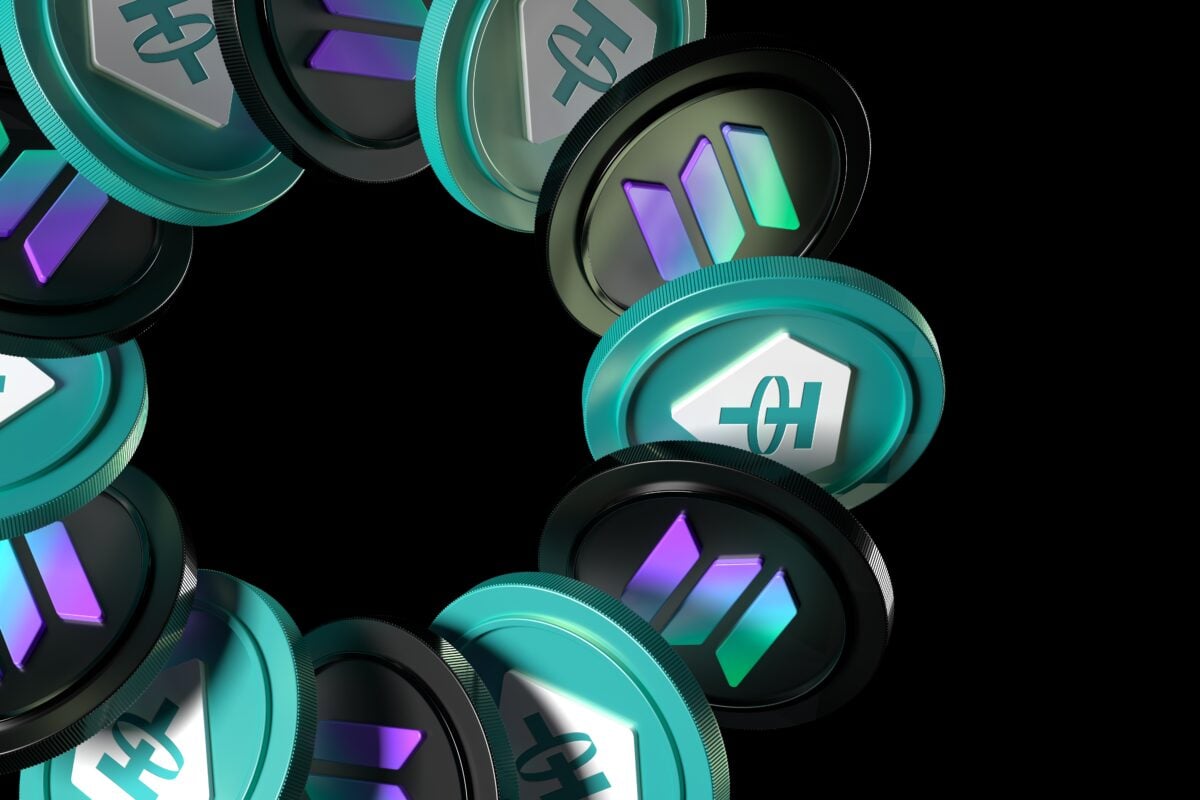TLDR
- BDACS launches KRW1, the first KRW-backed stablecoin, powered by Avalanche blockchain.
- KRW1 tokens are collateralized 1:1 with Korean won held at Woori Bank.
- BDACS plans to expand KRW1 for remittances, payments, and public-sector use.
- The FSC is set to finalize South Korea’s stablecoin regulations in October 2025.
South Korea’s digital asset firm BDACS launched KRW1, the first stablecoin backed by the South Korean won. This digital currency is fully collateralized by funds held in escrow at Woori Bank, a major financial institution in South Korea. The launch marks a significant step for South Korea in establishing a domestic stablecoin, supported by regulatory developments expected soon.
KRW1 is initially issued on the Avalanche blockchain, a network known for its security and high performance. BDACS has plans to expand the coin to additional networks. The token offers South Koreans an efficient, transparent, and cost-effective way to send and store digital assets backed by their national currency.
Role of Woori Bank and Real-Time Proof of Reserves
Each KRW1 token is collateralized 1:1 by the South Korean won held in escrow at Woori Bank, with real-time API integration to ensure verifiable proof of reserves. This setup allows KRW1 holders to trust that their assets are fully backed by the corresponding amount of fiat currency, offering transparency and reliability.
Harry Ryoo, CEO of BDACS, emphasized the importance of building a transparent infrastructure for KRW1. “We are building the backbone of the digital asset market, serving corporate, institutional, and public-sector partners alike,” Ryoo said.
He also noted that the successful integration with Woori Bank reinforces the stability and security of the coin, which BDACS intends to make an essential part of South Korea’s digital asset economy.
Expanding the Use of KRW1 for Remittances and Payments
KRW1 is designed to cater to a broad range of applications, including remittances, payments, and investments. The digital asset is also positioned for use in public-sector programs, such as emergency relief disbursements. This could offer South Koreans a more cost-effective and efficient alternative to traditional bank transfers or money remittance services.
In the future, BDACS plans to support corporate and institutional users by integrating KRW1 into a range of digital platforms. According to Ryoo, the company believes KRW1 will become a foundational asset for Korea’s growing digital economy. Additionally, BDACS has developed a comprehensive management and user application system to facilitate peer-to-peer transfers and transaction verification.
Regulatory Developments and the Future of KRW1
The launch of KRW1 comes as South Korea’s Financial Services Commission (FSC) prepares to finalize a regulatory framework for stablecoins. The FSC is expected to release its draft rules in October 2025 as part of the Virtual Asset User Protection Act. This legislation will establish requirements for stablecoin issuance, collateral management, and compliance.
The upcoming regulation is seen as crucial for ensuring the stability and security of digital assets in South Korea. BDACS anticipates that KRW1 will play a key role in these efforts and help drive the country’s stablecoin market forward.
The company is also exploring collaborations with other global stablecoin networks to expand the use of KRW1 and integrate it into a broader digital finance ecosystem.






